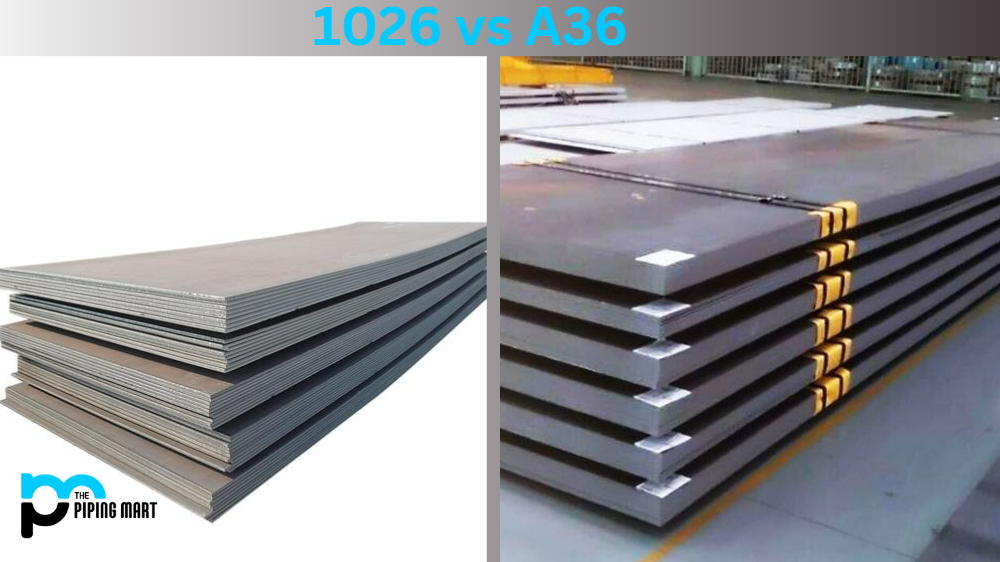When selecting the perfect stainless steel for your project, you’d want to pick the one that stands up to the job requirements while remaining cost-effective and durable. 410 and 304 stainless steel are options, but which is right for you?
In this article, we will give you a definitive guide to the two types of stainless steel, outlining their differences and similarities to help you make an informed decision.
Difference Between 410 Stainless Steel and 304
Composition
Let’s start by examining the composition of the two types of stainless steel. Type 304 contains 18% chromium and 8% nickel, widely known as “18/8 stainless steel.” It is top-rated for its excellent corrosion resistance, making it suitable for household appliances and utensils.
On the other hand, 410 stainless steel contains 11.5% chromium, making it ideal for jobs that require the alloy to withstand extreme temperatures and corrosive environments. The extra carbon in 410 steel provides excellent hardness and wear resistance.
Weldability
Welding is a critical factor when it comes to stainless steel selection. 304 stainless steel is a lot easier to weld since it has low carbon content, thus lessening the occurrence of carbide precipitation that can lead to cracking during the welding process.
On the contrary, 410 steel is much harder and more brittle than 304 steel, making it challenging to weld. However, 410 stainless steel can be adequately welded with proper preheating and post-weld heat treatment.
Cost
One of the decisive factors for most people when selecting stainless steel is the cost. The experts at Stainless Structurals state that 410 stainless steel costs around 20% less than 304 steel. This cost difference makes 410 stainless steel an ideal option for applications that require hardness, strength, and wear resistance.
Corrosion Resistance
Corrosion resistance is crucial in choosing stainless steel for your project, and the differences between 304 and 410 steel are notable. 304 steel is highly corrosion-resistant in acidic and alkaline environments, making it perfect for containers and utensils used in cooking.
410 steel, conversely, is less corrosion-resistant and should not be in contact with salt water or other chlorine-bearing solutions since it is susceptible to pitting corrosion.
Conclusion
In conclusion, 304 and 410 stainless steel have advantages and disadvantages. 304 stainless steel is generally perfect for applications that require good corrosion resistance, such as cooking utensils, while 410 stainless steel is suitable for applications that require hardness and wear resistance. If cost is a prime factor, 410 steel will be a great option as it costs less than 304 steel.

A passionate metal industry expert and blogger. With over 5 years of experience in the field, Palak brings a wealth of knowledge and insight to her writing. Whether discussing the latest trends in the metal industry or sharing tips, she is dedicated to helping others succeed in the metal industry.




